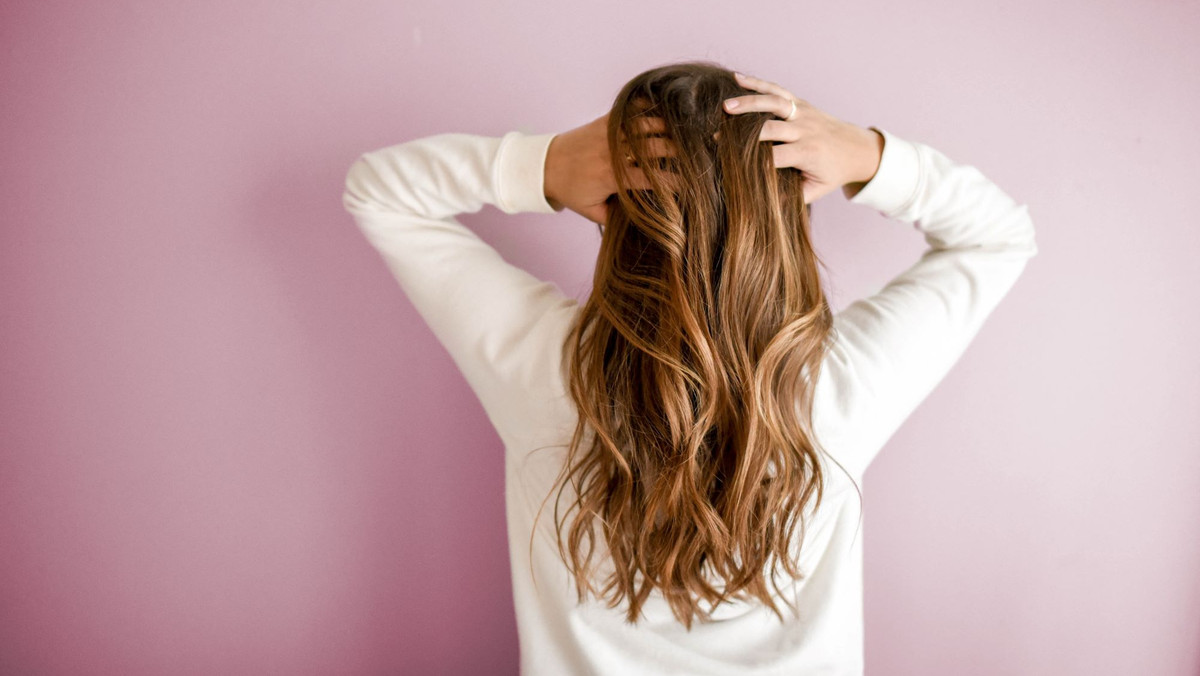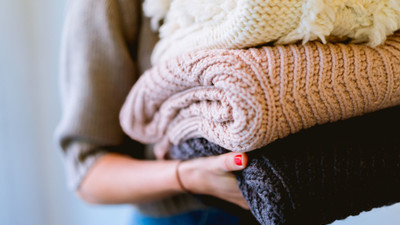There’s a growing group of men and women that are eager to learn how they can cut down on their chemical consumption at home. The ‘no-poo’ movement is growing rapidly and for good reason: more and more people are wanting to avoid harsh chemicals and are looking for a more natural approach to hair care and toss away their shampoo and conditioner bottles. The water-only method takes some time and your hair will likely go through a transition. We tell you everything you need to know on how to wash your hair with just water.
No shampoo method: ditch shampoo and conditioner
The water-only method, or no-poo method, only uses warm water to clean your scalp and hair, allowing natural oils to protect and nourish your manes. Hair contains natural oil, called sebum, in its follicles. Sebum is essential for keeping the hair itself conditioned and healthy. Most shampoos contain harsh chemicals that strip away the natural oils leaving your hair in bad shape.
No-poo literally means ‘no shampoo’. It seems like a far-fetched idea, but a life without shampoo is possible. Washing hair too often is bad for manes and the environment. Okay, ditching your shampoo and conditioner bottles and just use water to wash your hair is not easy. Your hair will get oily and greasy and won’t look as healthy as you’d like. The keyword is ‘perseverance’. As hard as it is, please do not grab your favourite bottle of shampoo. Continue washing your hair with just water and ignore your oily strands. After a couple of weeks, you’ll find your hair looking healthier than ever!
How does water only washing work?
You’re probably wondering why anyone would consider washing their hair using water only. Have they never been to a pharmacy? They sell countless bottles of shampoo and conditioner, plus the large beauty brands advertise everywhere with women with gorgeous hair! That’s correct, but shampoo and conditioners contain a lot of chemicals of which we don’t really know what they do to our hair. Without hesitation, we lather our hair with these chemicals because we believe it’s the only way to get squeaky clean hair. Trust us, you don’t need chemicals to wash your hair. Just water and a bit of perseverance will do.
Currently, sustainability is a major theme in our society. Washing your hair according to the no-poo method contributes to a more sustainable life. You don’t have to buy and use plastic bottles anymore and no chemicals will go down the drain while cleansing. Did you know that most shampoos contain environmentally damaging palm oil?
The water-only method is good for your scalp, hair and the environment and it’s got another benefit: it’ll save you lots of money. Shampoo can be cheap, but water is always cheaper!
How to wash your hair with just water
Washing your hair only using water may sound easy, but it can be tricky. Follow these steps to get the best results:
- Detangle your hair using a brush. Tangle Teezer or pure boar bristle-brushes are the best.
- Wash your hair. The water temperature is essential. Too hot can damage your hair or scalp. Too cool won’t break up excess oils. A comfortable temperature between lukewarm and hot is perfect. Wet your hair and use your fingertips (not your nails!) to gently massage your scalp. Take your time and make sure you attend to all areas of your scalp.
- Rinse. A cold water rinse helps close your hair cuticles. That helps to make your hair look shinier and retain moisture.
- Dry and detangle. Pat your hair with an old t-shirt or microfiber towel to reduce frizz. Grab a wide-toothed comb and comb through damp hair starting at the ends and working upwards.
If you’re new to the no-poo method, please consider moisturizing after your water wash since your natural oils haven’t yet conditioned your hair all the way down. Simply use a drop of argan oil or coconut oil and work all the way through.
Tips for washing your hair with just water
It all sounds so simple, but be prepared for your hair to get oily after a few days. As appealing as it may seem, a bottle of shampoo is not the solution! Here are some tips on how to prepare yourself if you want to start using the water-only method.
#1 Phase out shampoo
Stop washing your hair every day and gradually add days between washes. This will probably take you a few months, but it’ll be worth it.
#2 Accept greasy hair the first few weeks
Your hair will be greasy for the first two to three weeks, because your head will have withdrawal symptoms and produce lots of sebum. Most people give up, but you won’t if you just accept your greasy manes for a few weeks. Your scalp will get used to no-shampoo and will get less greasy.
#3 Use your creativity during the transition
You’ll make it a lot easier on yourself if you accept your greasy hair during the transitional phase. A beautiful bun, a gorgeous braid or a cute ponytail will do the trick. Try a different hairstyle; everybody will notice your new hairdo and not the greasiness.
#4 Silk pillowcase
In the end, you’re doing all this to get super soft hair. Unlike cotton, satin and silk pillowcases help distribute the oils through your hair while you toss and turn in your sleep. If you don’t have a silk pillowcase, try sleeping with your hair wrapped up in a silk scarf or bonnet. These have the same positive effect on your hair.
Washing your hair with just water: does it really work?
The big question: does it really work? The answer is yes, washing your hair water-only really works. The first few weeks are the most difficult. Your hair will get greasy and there’s not much you can do about it. It takes a lot of perseverance and a good reason why you don’t want to use shampoo anymore. You can do it!
Alternatives for washing your hair with just water
There are alternatives for shampoo if you find the water-only method too challenging. You can easily make your own shampoo from things you find in your kitchen. Just add a bit of water, mix it with whatever you want to use and there you go! You’ve made your own natural shampoo. Good alternatives for shampoo are:
- Green tea, mint tea or chamomile tea
- Baking soda
- Eggs
- Apple cider vinegar
- Lemon juice
- Apple juice
- Coconut water
- Aloe Vera




